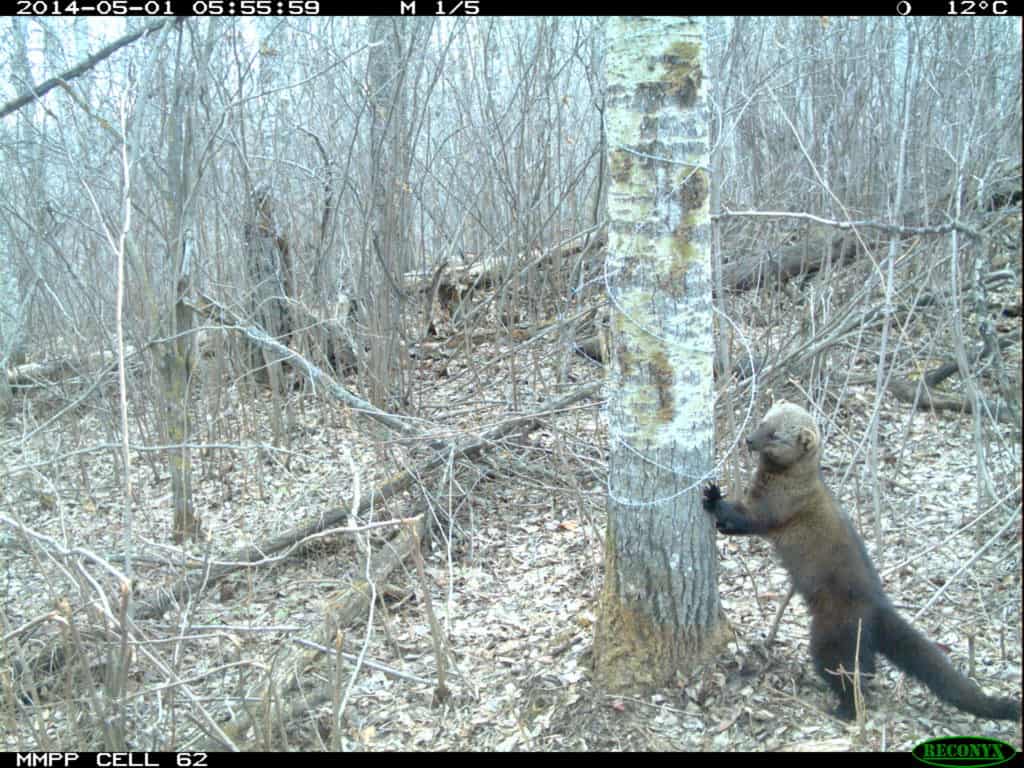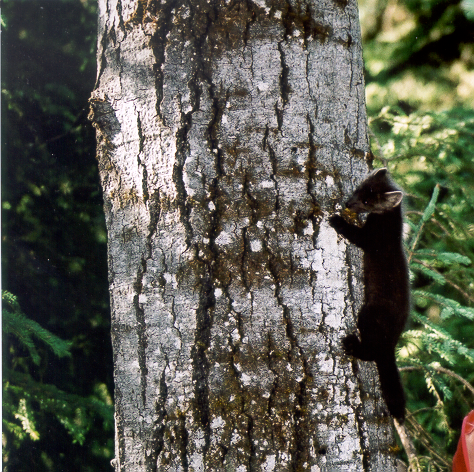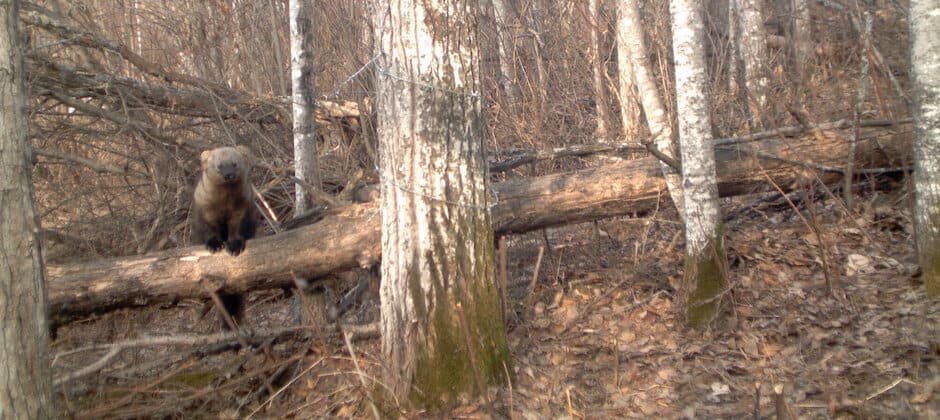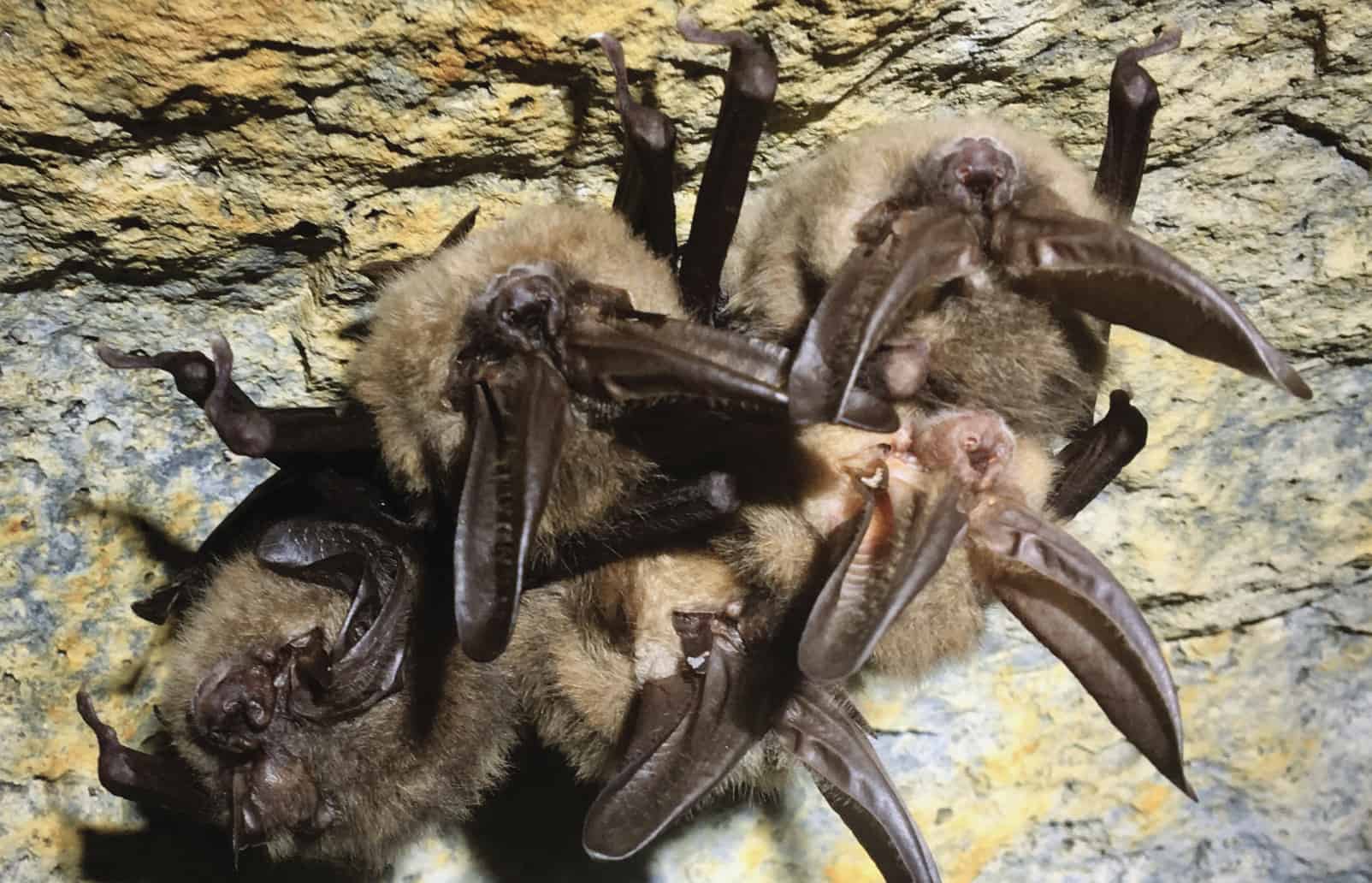Share this article
How do martens and fishers share territory?
Martens and fishers may appear rather similar—almost interchangeable. Fishers are a little bigger than martens, but both furry mustelids are found in forest ecosystems and consume similar types of prey. The species are so similar in fact, that researchers wondered why they didn’t repel each other from the regions where they are mutually found due to competition.
In a study published recently in Mammal Review, TWS member Jason Fisher, an adjunct professor in environmental studies at the University of Victoria, and his colleagues set out to examine all the literature they could find on the range and habitat types of martens (Martes americana) and fishers (Pekania pennanti). They hoped this information could show, in finer detail, these two species’ ecological niches.
The researchers included studies that ranged everywhere from the Sierra Nevada in California to the Boreal Forest of Canada and Alaska.
They found that diet wasn’t what divided the species. “We think that’s a function of the fact that both of these animals will just eat whatever they come across,” Fisher said.

Fishers prefer areas with less snowpack in general.
Credit: University of Victoria & Innotech Alberta
While there were some instances of fishers directly preying on martens, researchers have never found those occurrences to cause a significant impact on a marten population. The review showed that the difference between the two mustelids usually came down to snow and elevation.
Martens are light enough that they can scamper around on top of the snowpack, said Fisher, the aptly named scientist. But fishers—the animals—are two to five times larger than martens. They lack the snowshoe-like paws of their even larger mustelid cousin, the wolverine (Gulo gulo), and are heavy enough to sink into the snow. “Moreover, we think that snow is really important because martens can dig down and exploit that subnivean zone,” the biologist said. Fishers can’t quite get at that microniche below the snow.
As a result, martens often cluster more around high elevation areas with deeper snow. In the Sierra Nevada, for example, martens are found in high elevation areas as long as there was snow in the spring. In drier plateau areas, for example, fishers occurred more than martens.
In the boreal forest, the divide is similar, with martens found more in areas with deeper snow and fishers in areas with less snow.
In the Adirondacks, fishers are found in areas with warmer winters, or closer to the shores of the Great Lakes.

Martens like this juvenile are light enough they can walk on top of snow.
Credit: University of Victoria & Innotech Alberta
While snow might impact the presence of the species directly, the reason for the divide may also come down to the presence of larger predators. Coyotes (Canis latrans) are also found more often in areas with less snow. Due to their larger size, fishers may not be as affected by coyotes as martens. It’s possible that coyote presence in lighter snow conditions may limit the range of martens as a result.
Some fisher populations are considered endangered. “They were hit very hard during the historical trapping era,” Fisher said. Both species are still extirpated from some areas, though martens are generally less of a concern than fishers. Efforts to reintroduce fishers to parts of the U.S. Pacific Northwest are going well so far.
The new review also reveals that climate change may disturb the coexistence of these mustelids in some regions by shifting the patterns of snow depth.
“Climate change is likely to play a part in upsetting the balance of the apple cart,” Fisher said, adding that in the future, wildlife managers may have to consider mitigation and mediation in some areas to maintain both species on the landscape.
Header Image: Fishers are a little bigger than martens. Credit: University of Victoria & Innotech Alberta








